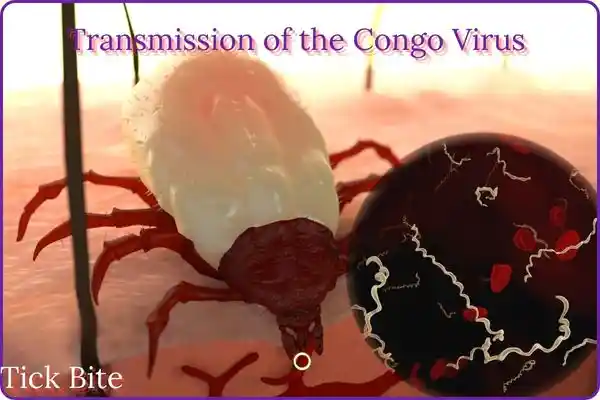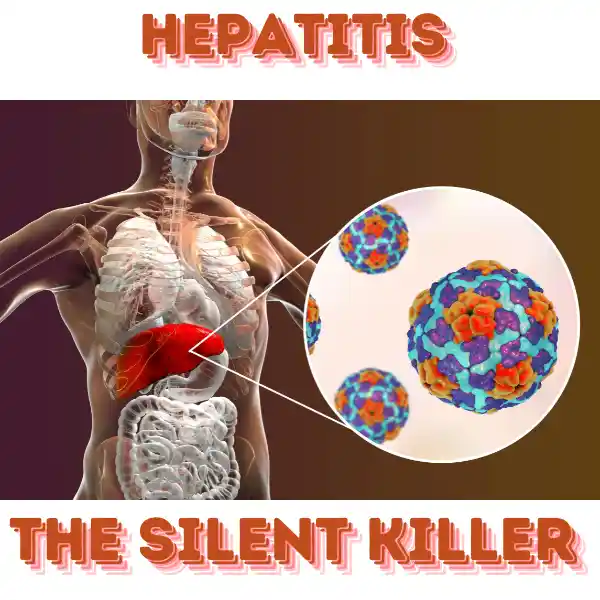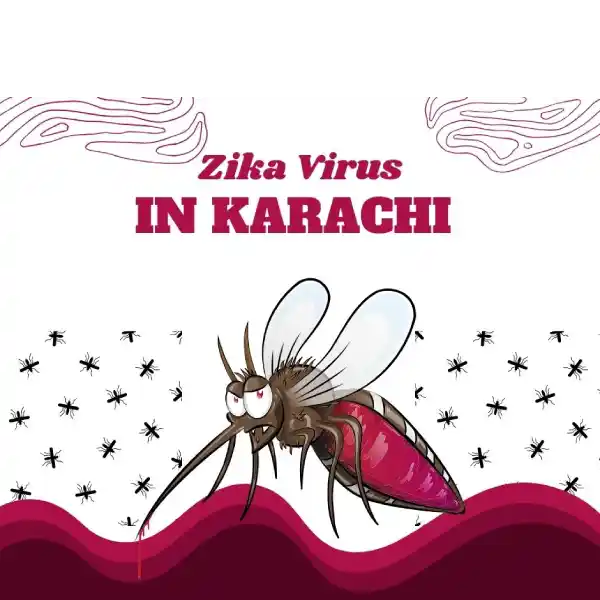2 Cases of Congo Virus In Balochistan
Overview of the Congo Virus
Crimean-Congo Hemorrhagic Fever, commonly known as the Congo virus, is a tick-borne viral disease that poses a significant public health risk worldwide. The virus is known for causing severe hemorrhagic fever, with a high fatality rate in humans. First identified in the Crimea region in 1944, CCHF was later found in the Congo in 1956, which led to its current name. The virus is endemic in parts of Africa, Asia, Eastern Europe, and the Middle East, affecting regions with significant livestock populations and a high prevalence of the tick vectors responsible for transmission.
Transmission of the Congo Virus in Balochistan

The Congo virus in Balochistan is primarily transmitted through bites from infected ticks, particularly those of the Hyalomma species, which thrive on livestock. Human-to-human transmission is also possible through direct contact with blood, bodily fluids, or tissues of infected individuals, making the virus a serious concern for healthcare workers and those handling infected animals. Infected animals, such as cattle, sheep, and goats, often show no symptoms but serve as a source of infection for humans.
Current Status of Congo Virus in Balochistan
In 2024,the cases of Congo virus in Balochistan have been increased. As of recent reports, 27 cases have been confirmed in Quetta, Loralai, and Hazara Town, with five deaths recorded this year. The rising number of cases has alarmed both health officials and the public, leading to increased efforts to control the virus. Other countries with significant outbreaks include Afghanistan, Turkey, and Russia, where the virus continues to affect both rural and urban areas.
Prevention of the Congo Virus

Prevention of CCHF focuses primarily on avoiding contact with infected ticks and animals. Protective measures include using insect repellents, wearing long-sleeved clothing, and minimizing exposure to livestock, particularly in endemic areas. It is also essential for healthcare workers and individuals handling animals to wear gloves and other protective gear to prevent exposure to blood or bodily fluids. Public awareness campaigns in affected regions are crucial for educating the population about the risks and necessary precautions.
Treatment Options for Congo Virus
There is no specific antiviral treatment for the Congo virus, and care is largely supportive, focusing on managing symptoms and preventing complications. Patients diagnosed with CCHF require isolation to prevent the spread of the virus to healthcare staff and other individuals. Early detection and treatment of symptoms such as fever, bleeding, and organ failure can improve survival rates. Health officials recommend prompt medical attention for individuals who experience symptoms following tick bites or contact with livestock.

Epidemiology of the Congo Virus
CCHF has a wide geographical distribution, affecting regions where Hyalomma ticks are prevalent. Outbreaks are common in parts of Africa, Asia, and Eastern Europe, where the virus is endemic due to the close interaction between humans and livestock. The virus has a case fatality rate ranging from 10% to 40%, making it one of the most dangerous viral infections in these regions. Factors contributing to the spread include agricultural practices, livestock trading, and limited access to healthcare.
Bottom Line
The Congo virus in Balochistan remains a serious public health threat, particularly in regions where human and livestock interaction is high. With no specific antiviral treatment available, prevention through public awareness, protective measures, and early detection is key to controlling the spread of the virus. Continued efforts from health authorities, healthcare professionals, and the public are essential in reducing the impact of Crimean-Congo Hemorrhagic Fever and preventing future outbreaks. Prioritizing research and resources to combat this deadly disease is critical to safeguarding vulnerable populations and healthcare workers alike.







